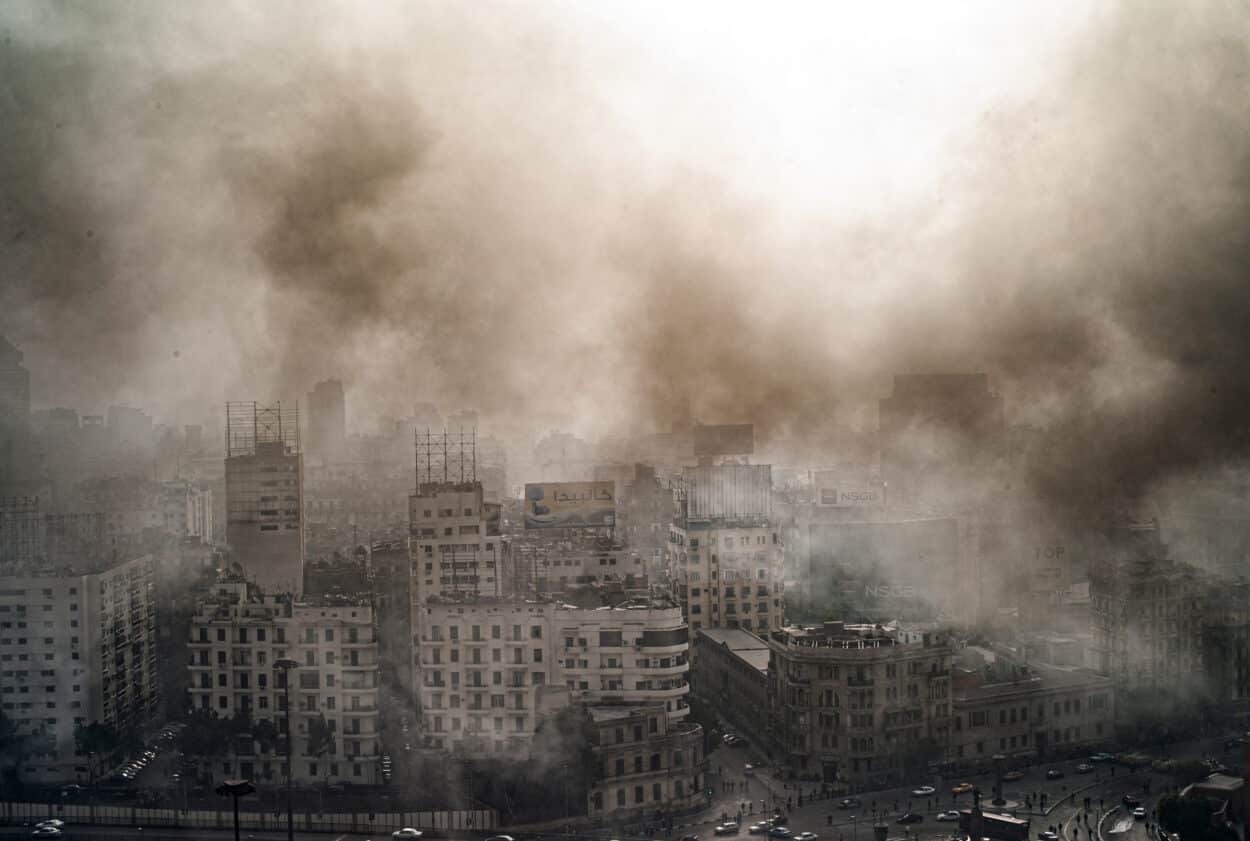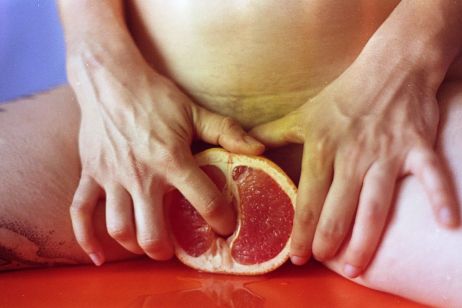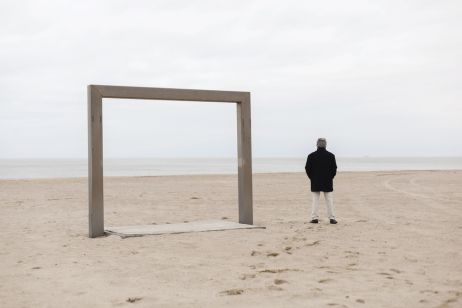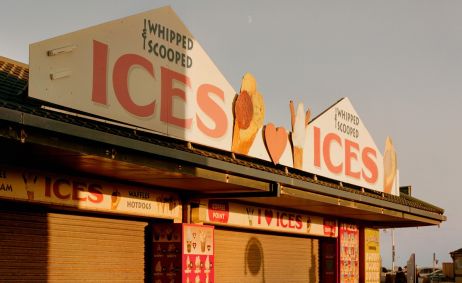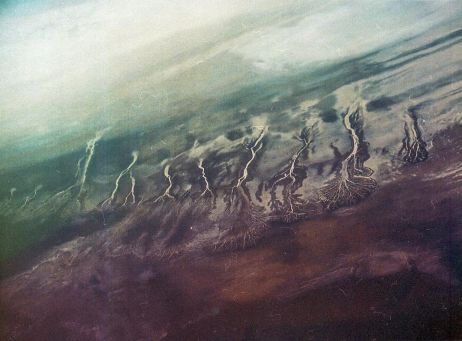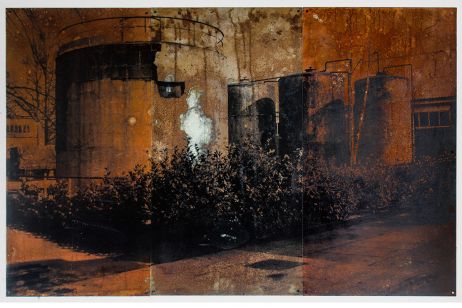Ten years ago, to the day, thousands of Egyptians were demonstrating in Tahrir Square. A day of unprecedented anger in a country where human rights are violated. Let us take a look back at this important moment, in pictures, and with Guillaume Binet, member of the MYOP Agency, one of the first independent photographers on site.
On 25 January 2011, in Egypt, anger was in the streets. “A dream”, “a miracle”, but also an unexpected episode. The initiative of a handful of activists turned into a massive movement against President Hosni Mubarak. A day of anger. And a day of derision. Because in 2009, the president chose this particular date to celebrate Police Day. This brilliant idea turned against him: two years later, a movement was born, taking millions of Egyptians to the streets. A revolution! For more than two weeks, the entire population joined the young and the unemployed in a movement of protest which provoked the resignation of Hosni Mubarak. Several hundred photographers documented these demonstrations and thus provided invaluable support. Among them was Guillaume Binet, one of the first independent photographers on site. A series of strong images capturing the struggle followed one another. The occupation of Tahrir Square is now remembered as the true symbol of the revolution, where resistance blended with the dream of another world. A page was turned and a wind of hope blew over the country, which then prepared for an election – on 17 June 2012. A historic day when Mohamed Morsi, from the Islamist movement of the Muslim Brotherhood, became the first democratically elected president of the country. But the joy quickly faded away – this was only a false hope. Despite the optimism of the people and a real momentum for liberalisation in the country, the Egyptian army was never far away, and kept supervising the citizens. Total freedom unfortunately never came. Control of the army climbed relentlessly, until the inevitable military coup in July 2013, when Abdel Fattah Al-Sissi took power.
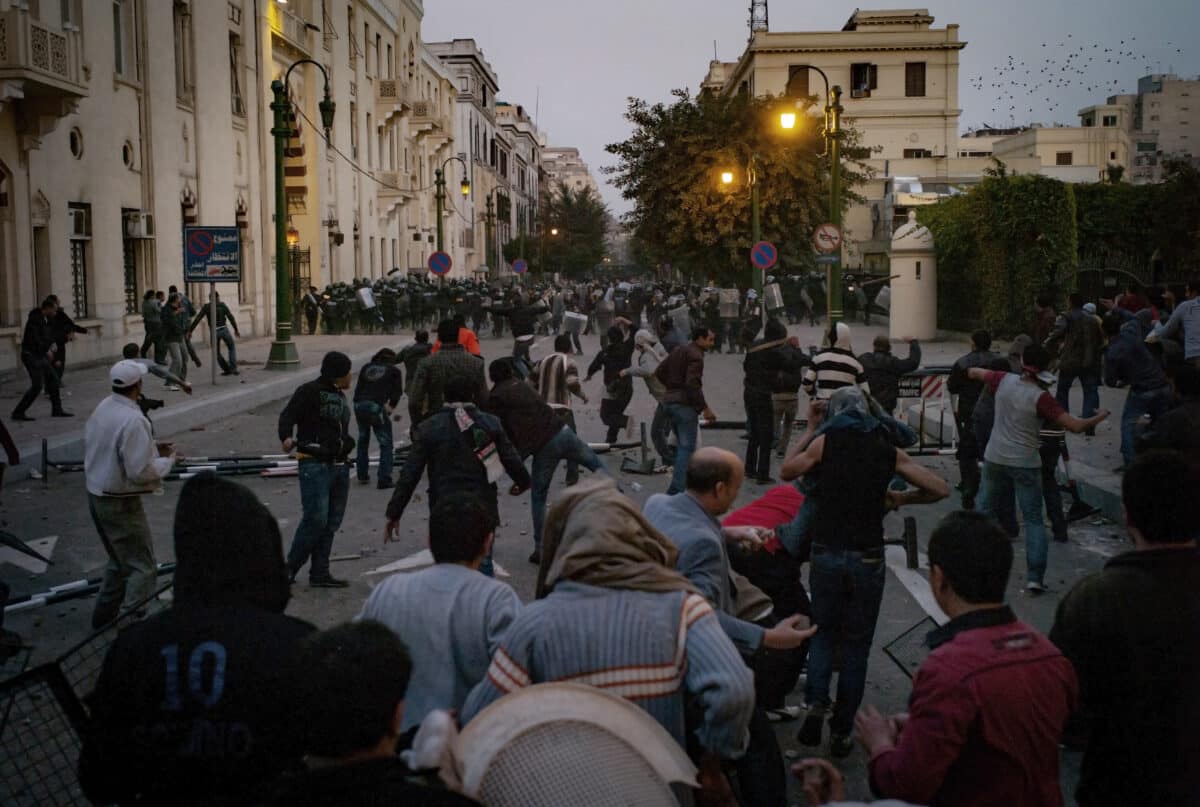
An open-air prison
In January 2015, a referendum approved a new constitution strengthening the powers of the army. Three years later, in April 2018, in an unsurprising election Abdel Fattah al-Sissi was re-elected with more than 97% of the votes. Facing him? A single opponent: Moussa Mostafa Moussa. Since then, the economic and social situations have continued to deteriorate. In 2018, according to Amnesty International, the Egyptian authorities arrested at least 113 people because they had dared to “peacefully express their opinion”. A year later, the same NGO deplored that the country had become “an open-air prison for dissidents”. Is today’s Egypt better? Four days ago, the NGO Human Rights Watch sent an open letter to the European Union and its member states about Egypt, warning of the human rights crisis in the country.
Tahrir Square, a former revolutionary symbol, is now a tourist attraction with a 3500-year-old obelisk surrounded by four sphinx statues. Treasures needing constant protection. There is no longer any chance of demonstrating or taking a selfie there – the police are keeping a close watch. Just like at this huge crossroads, they are omnipresent in Egypt. In addition to this, frequent disappearances and systematic torture pile up. Many artists, journalists and peaceful activists are labelled terrorists. On the Internet too, freedom is restricted. For example, a law allows authorities to monitor the most popular accounts on social networks and to block them if they disseminate “false information”. While the spirit of the revolution remains, fear and tension have returned to the streets. Creators and other freedom of expression advocates continue their struggle, which has now become quieter. And on 25 January 2021, 10 years later, few Egyptians are celebrating the police.
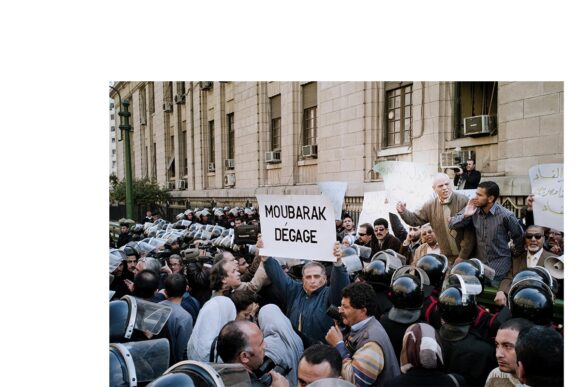
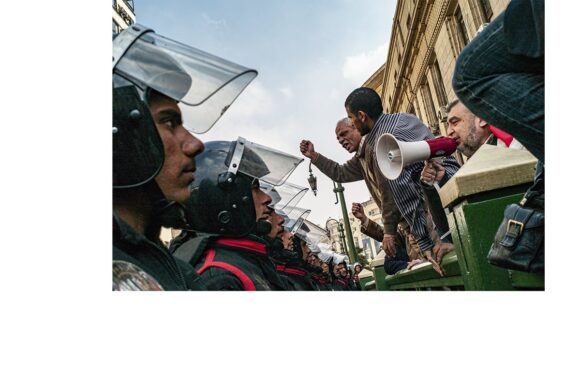
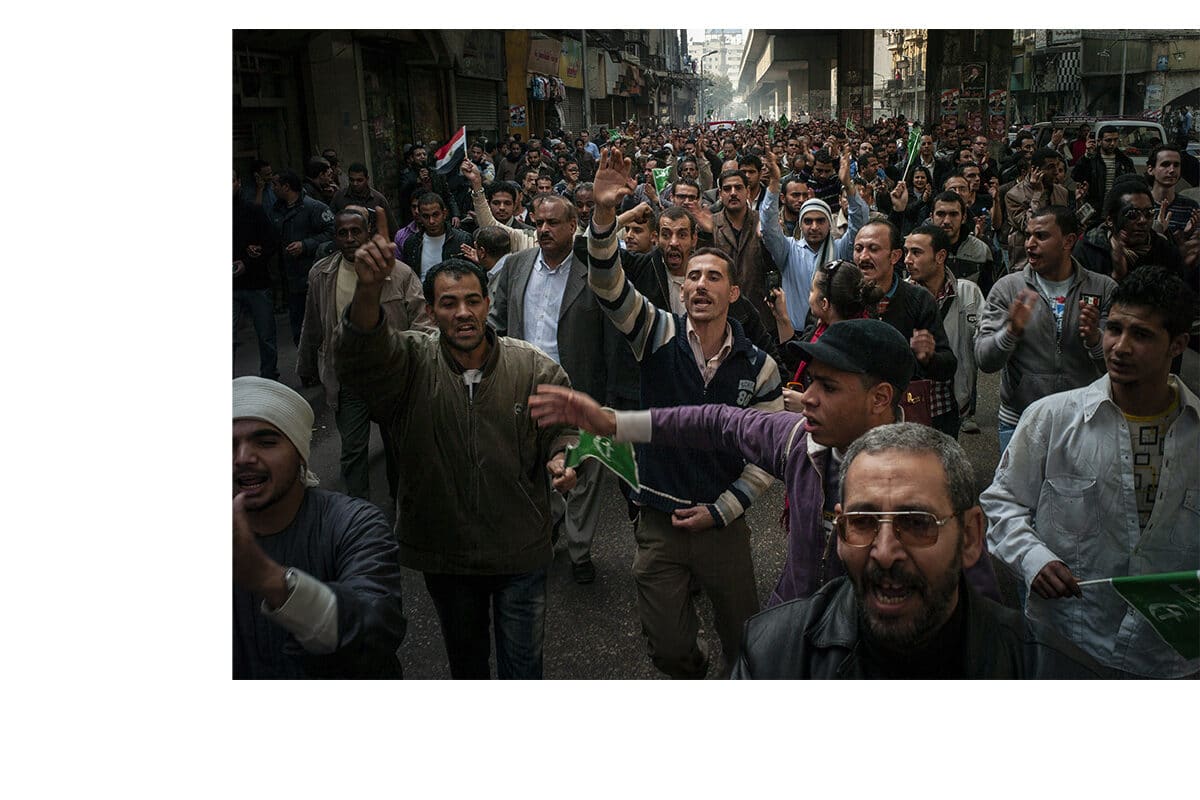
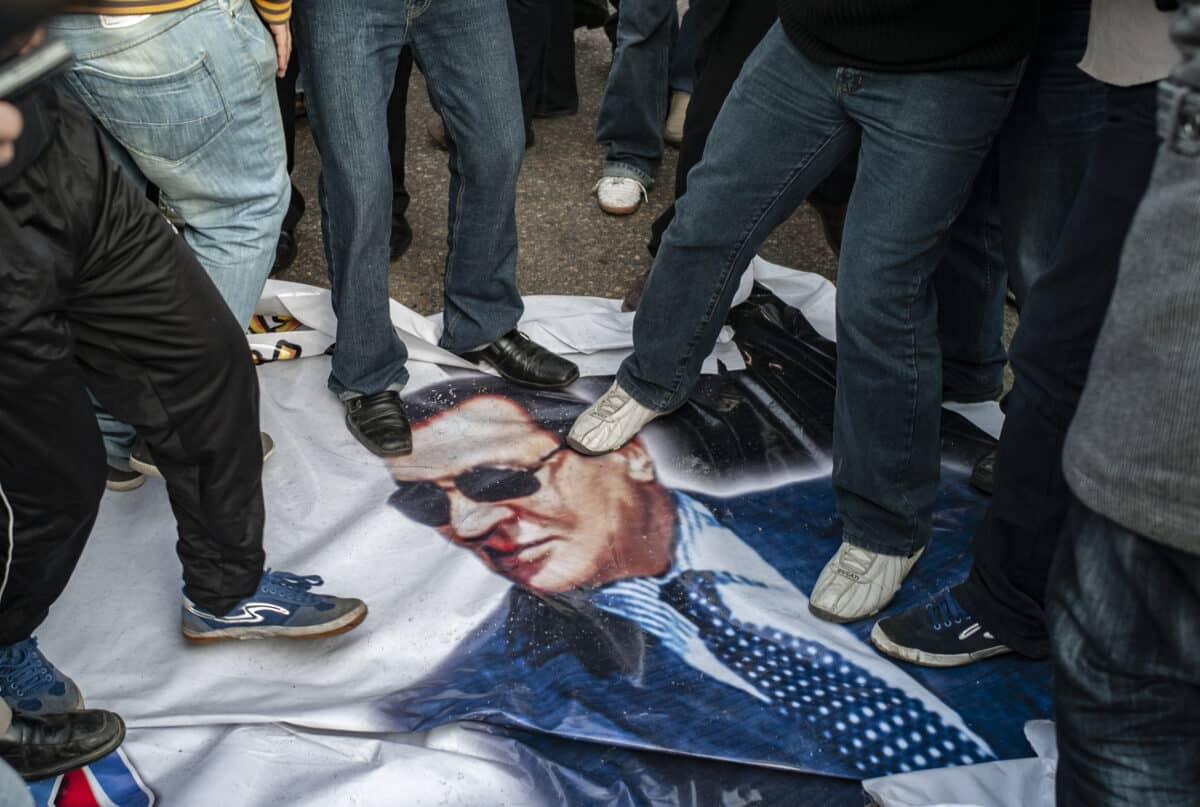
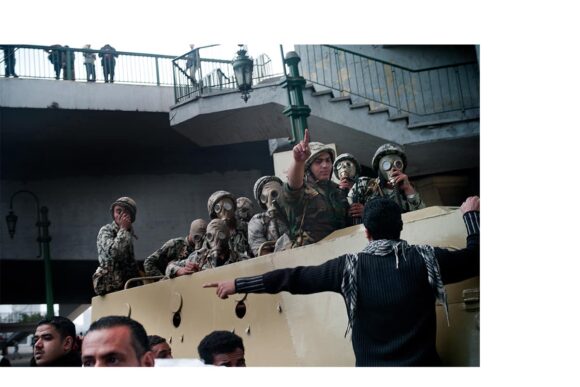
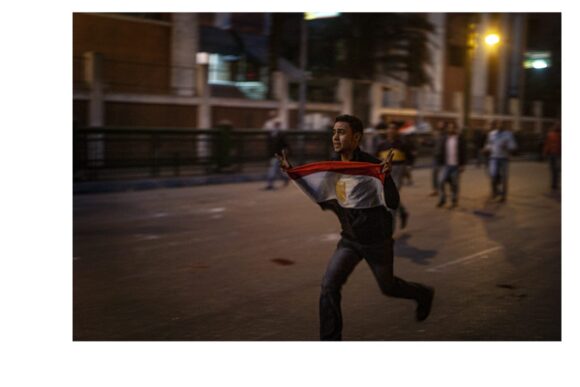
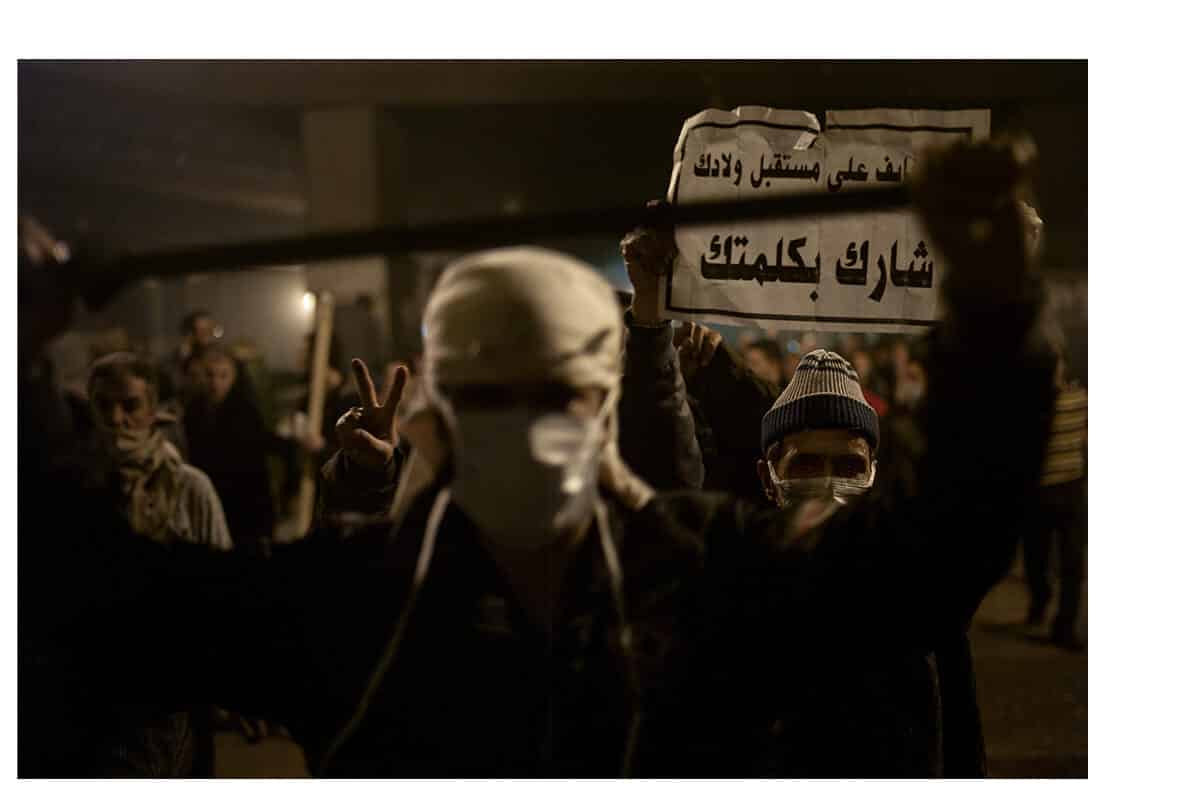
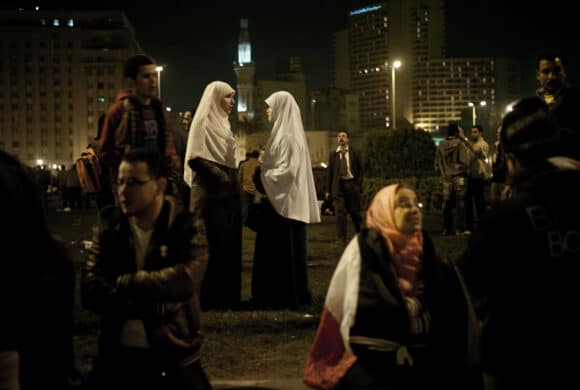
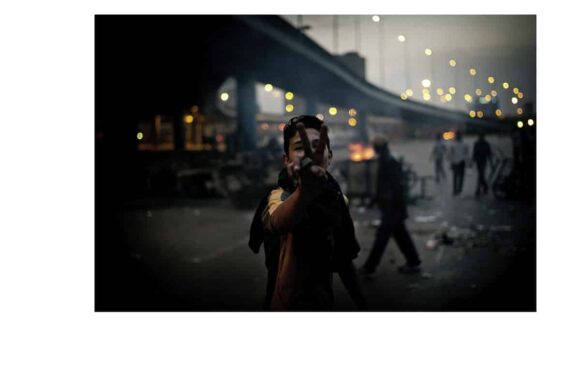
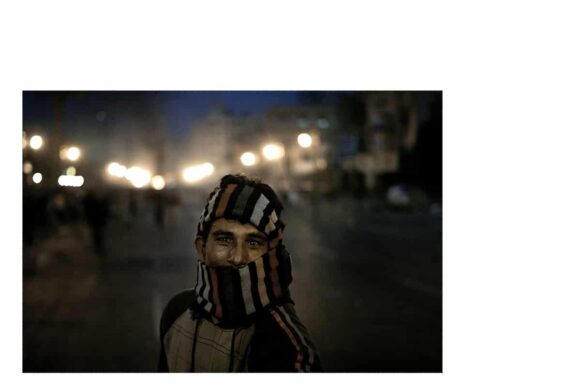
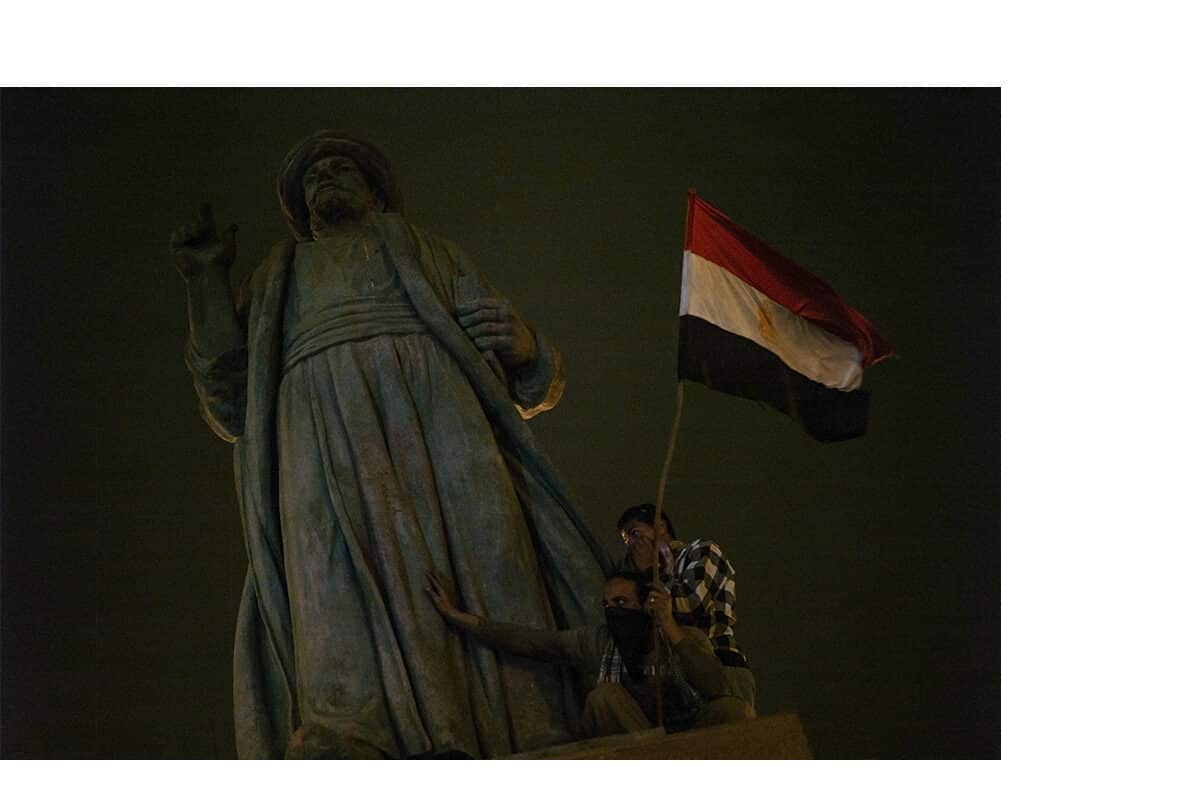
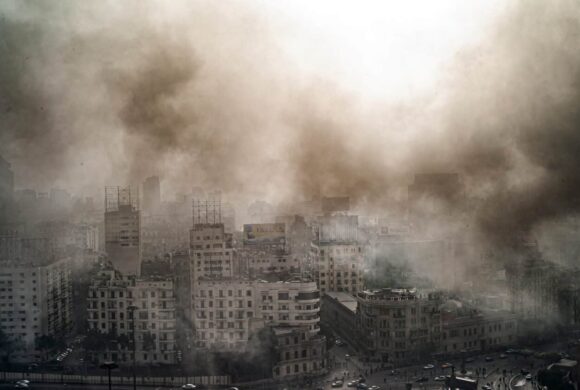
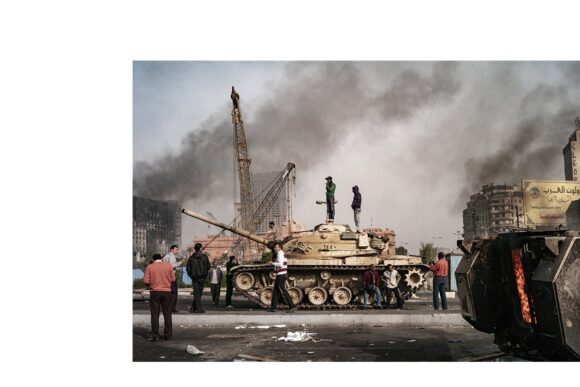

© Guillaume Binet / MYOP
